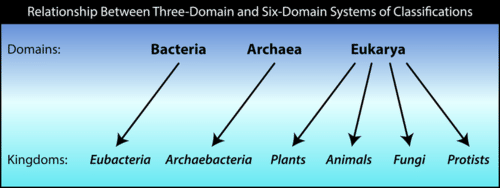Domain Bacteria And Archaea Have Which Of The Following In Common
Like bacteria archaea are prokaryotic organisms and do not have a membrane bound nucleus.
Domain bacteria and archaea have which of the following in common. D some bacteria live in extreme environments. Which of the following is the best evidence for a three domain system. A archaea and bacteria have different membrane lipids.
There are three distinctly different gram reactions. C the cell walls of archaea lack peptidoglycan. Which of the following bacterial groups is thought to be most closely related to the last universal common ancestor.
Some bacteria live in extreme environments. A there are three distinctly different types of ribosomes. C there are three distinctly different gram reactions.
Bacteria and archaea are in different domains because they reproduce differently. Which of the following statements is not true. There are three distinctly different sets of metabolic reactions.
There are three. 9 which of the following is the best evidence for a three domain system. The bacteria domain has several shapes and the archaea domain generally resembles the bacteria domain.
B both archaea and bacteria generally lack membrane enclosed organelles. Some archaea are extremophiles living in environments with extremely high or low temperatures or extreme salinity. Archaea are unicellular prokaryotic microorganisms that differ from bacteria in their genetics biochemistry and ecology.

